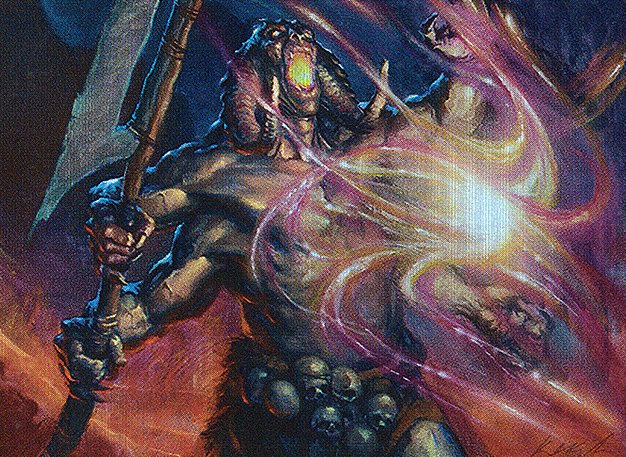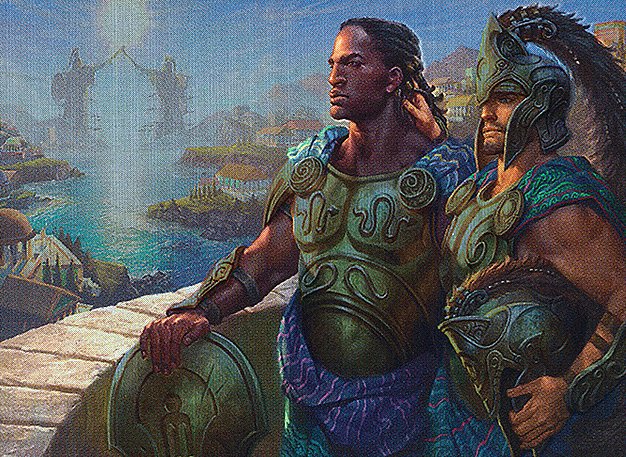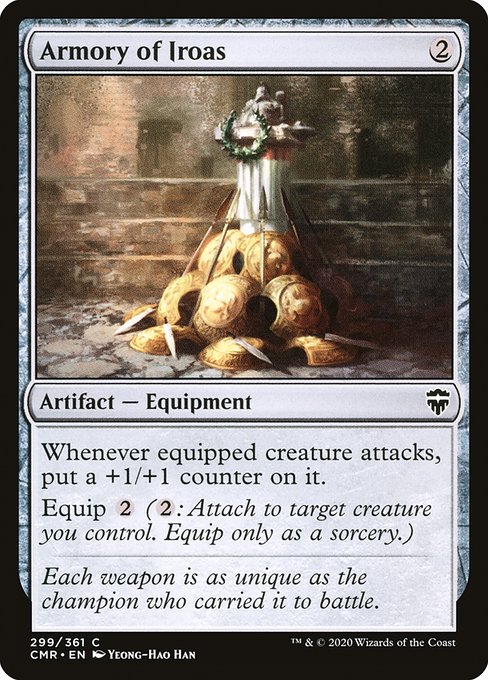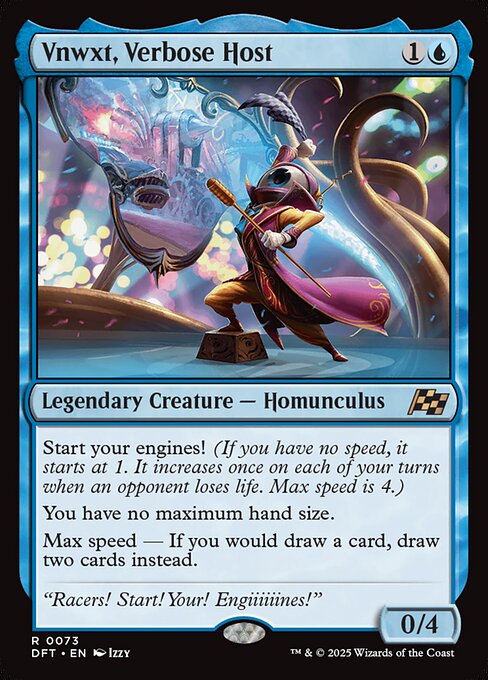Deck & Commander Strategies

Yidris, Maelstrom Wielder
A cascade-focused deck that aims to cast multiple spells per turn to trigger cascade abilities, generating explosive value and overwhelming opponents with a flurry of spells.

Kefka, Court Mage // Kefka, Ruler of Ruin
A discard and graveyard-centric deck that disrupts opponents by forcing discards while utilizing its own graveyard as a resource for value and potential combo finishes.

Kynaios and Tiro of Meletis
A group hug style deck that ramps and shares resources with all players, fostering a cooperative game state to gain incremental advantage and political leverage.

Vnwxt, Verbose Host
An aggressive tempo deck focused on establishing early board presence and drawing extra cards to maintain momentum and outpace opponents.
Gameplay Insights
- 1
Cory's Kefka deck used discard and graveyard recursion to gain incremental advantage and disrupt opponents’ hands, forcing them to adapt.
- 2
Jeremy’s group hug approach with Kynaios and Tiro encouraged resource sharing but created complex political interactions that influenced player decisions.
- 3
John’s Yidris leveraged cascade triggers to chain spells, aiming for explosive turns and large tempo swings.
- 4
Steven’s Verbose Host prioritized early board development and card draw to maintain pressure and keep options open for reactive plays.
- 5
Players were aware of potential graveyard hate but Cory’s deck exploited opponents’ reluctance to overcommit removal to their graveyards.
- 6
Resource sharing from Kynaios and Tiro occasionally shifted the board state, affecting target priority and alliances.
Notable Cards
-

Rampant Growth
-

Hope of Ghirapur
-

Armory of Iroas
-

Soul-Guide Lantern
-

Island
-

Forest
-

Plains
Gameplay Summary
The game featured four players piloting fan-submitted decks, each with unique strategies and commanders.
John led with Yidris, Maelstrom Wielder, focusing on casting multiple spells to cascade into powerful plays.
Cory took control of a Kefka, Court Mage deck built around heavy discard and graveyard recursion, aiming to leverage the graveyard as a resource while disrupting opponents' plans.
Jeremy played Kynaios and Tiro of Meletis, a group hug style deck designed to share resources and ramp all players, creating a politically charged board state.
Steven piloted Verbose Host, a deck centered on establishing early board presence and drawing extra cards to gain card advantage and tempo. Early turns saw the players deploying ramp and foundational creatures to accelerate their game plans.
John’s Yidris looked to chain spells for value, while Cory’s Kefka deck began cycling through discards and graveyard interactions, setting up for potential combo or value plays.
Jeremy’s Kynaios and Tiro fostered cooperation and resource sharing, creating an interesting dynamic.
Steven’s Verbose Host steadily built momentum with incremental card draw and board development.
The key turning points involved Cory leveraging graveyard resources and disruption to slow down opponents, while John attempted to push through cascades for game-ending spells.
Political tension rose as Jeremy’s group hug effects shifted alliances, and Steven capitalized on early board control and card advantage.
The match’s outcome hinged on timely interaction with graveyard strategies and managing shared resources effectively.







![Commander VS S14E7: Sharuum vs Jhoira vs Melek vs Kynaios and Tiro [EDH] thumbnail](https://i.ytimg.com/vi/1vD3yLJEw7E/sddefault.jpg)




![Random Decks, Hidden Roles! [Commander VS 301] | Magic: the Gathering Commander Gameplay thumbnail](https://i.ytimg.com/vi/Pel5HCJg5cQ/sddefault.jpg)



























